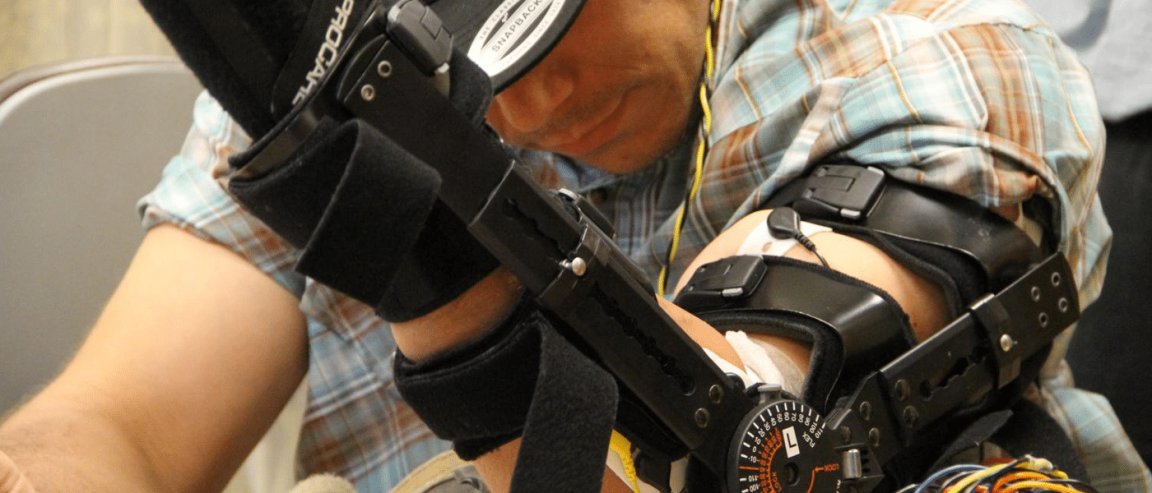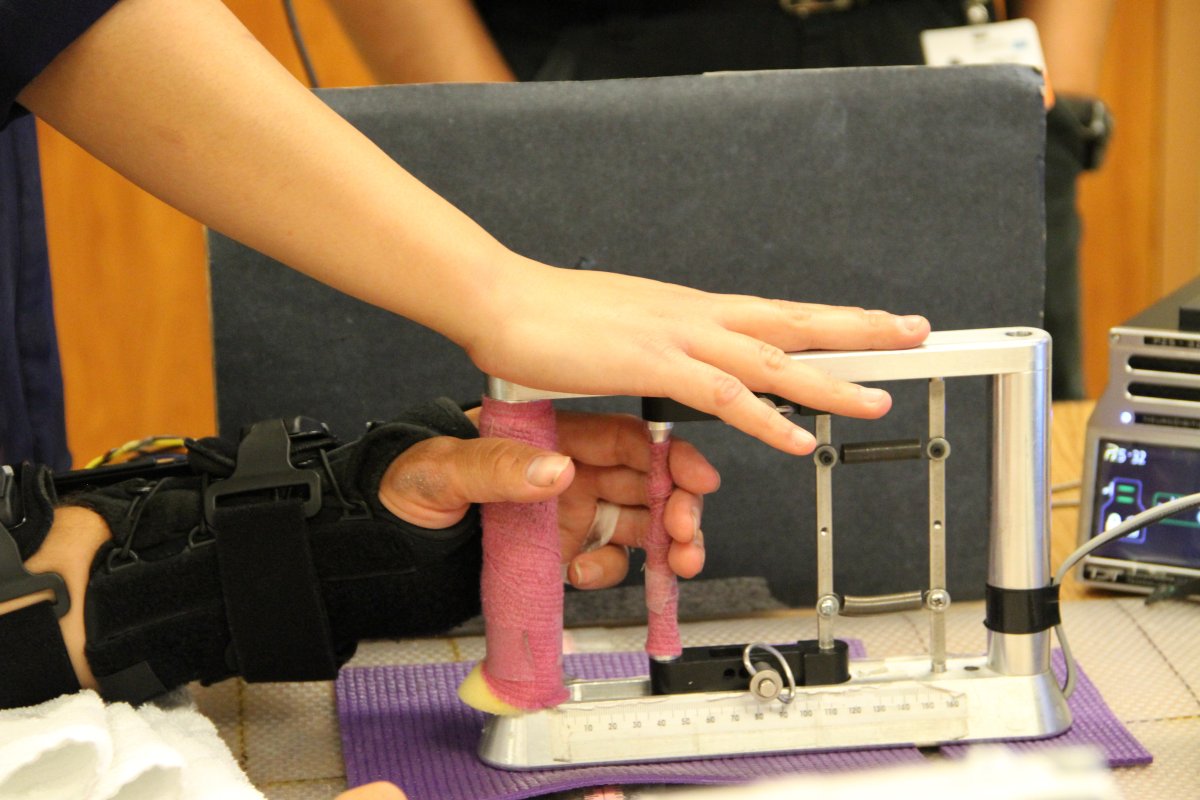
Alternate Pathways
Twenty-eight year old quadriplegic Brian Gomez is one of the first patients to receive a new experimental treatment that restores movement by 300% in quadriplegics. This treatment uses a spinal simulator implant, developed by the Ronald Reagan UCLA Medical Center and funded by the National Institute of Biomedical Imaging and Bioengineering.
The 32-electrode stimulator was implanted near the C-5 vertebrae in the middle of Gomez’s neck, below the site of his spinal injury. This area on the spinal cord is most commonly associated with quadriplegia, or the loss of movement and function of the limbs.
“The spinal cord contains alternate pathways that it can use to bypass the injury and get messages from the brain to the limbs,” said Daniel Lu, director of UCLA’s neuroplasticity and repair laboratory and the neuromotor recovery and rehabilitation center. “Electrical stimulation trains the spinal cord to find and use these pathways.”
The procedure included a small battery pack and processing unit placed under the skin of the patient’s lower back. The implant is controlled using a remote small enough to fit in the palm of one’s hand, which can regulate the intensity and frequency of the stimulations.
Restoring Movement
This procedure was first used on two cervical spinal-cord injury patients, who displayed a 300% increase in finger mobility and grip strength. For Lu and his colleagues, this was certainly a good sign of how effective the implants could be.
“Our goal is to get these patients back to the 20 to 30 [newtons of force] range [in their hands],” said Lu. “That will allow them to do everyday tasks and will make a huge difference in the quality of their lives.”

Other approaches in treating paralysis have shown similar levels of effectiveness. Some involve the use of prosthetics, brain implants, or nerve transplants. Still others target actual spinal regeneration.
“[T]his approach is unique,” explained Lu. “This device is implanted in the spine, not the brain, and is designed to help patients move their own hands.” Developments in synthetic biology are allowing us to continually explore ways to improve the lives of people like Gomez.